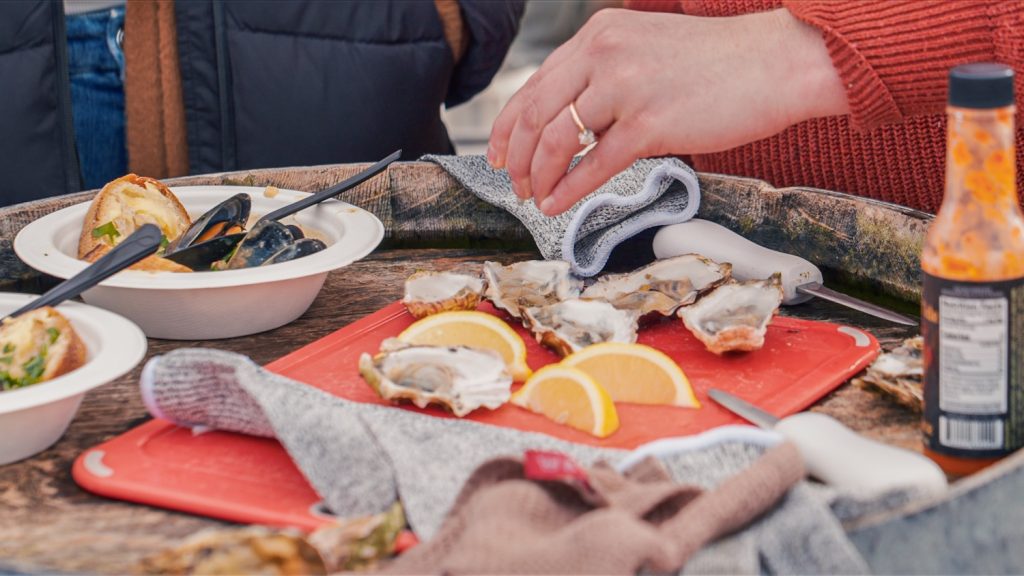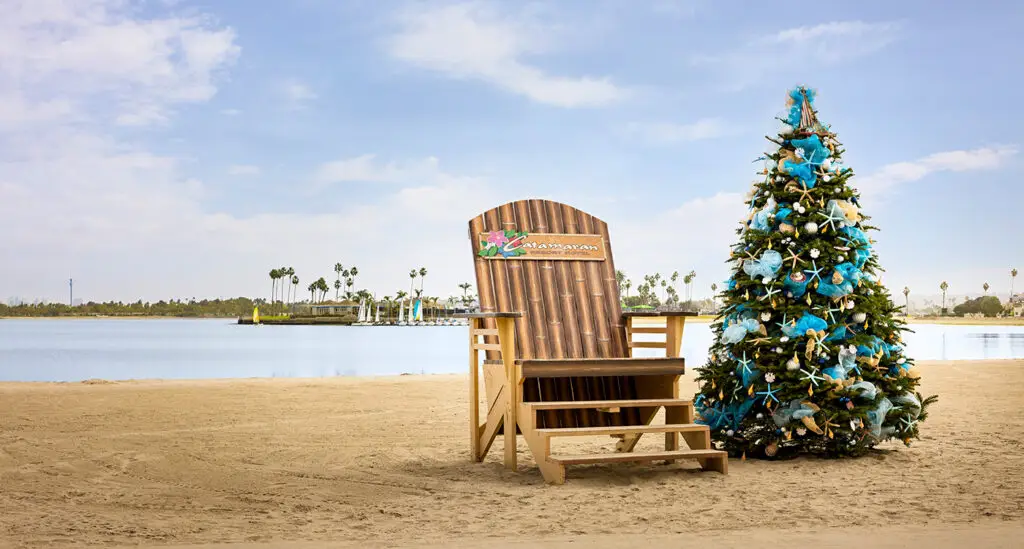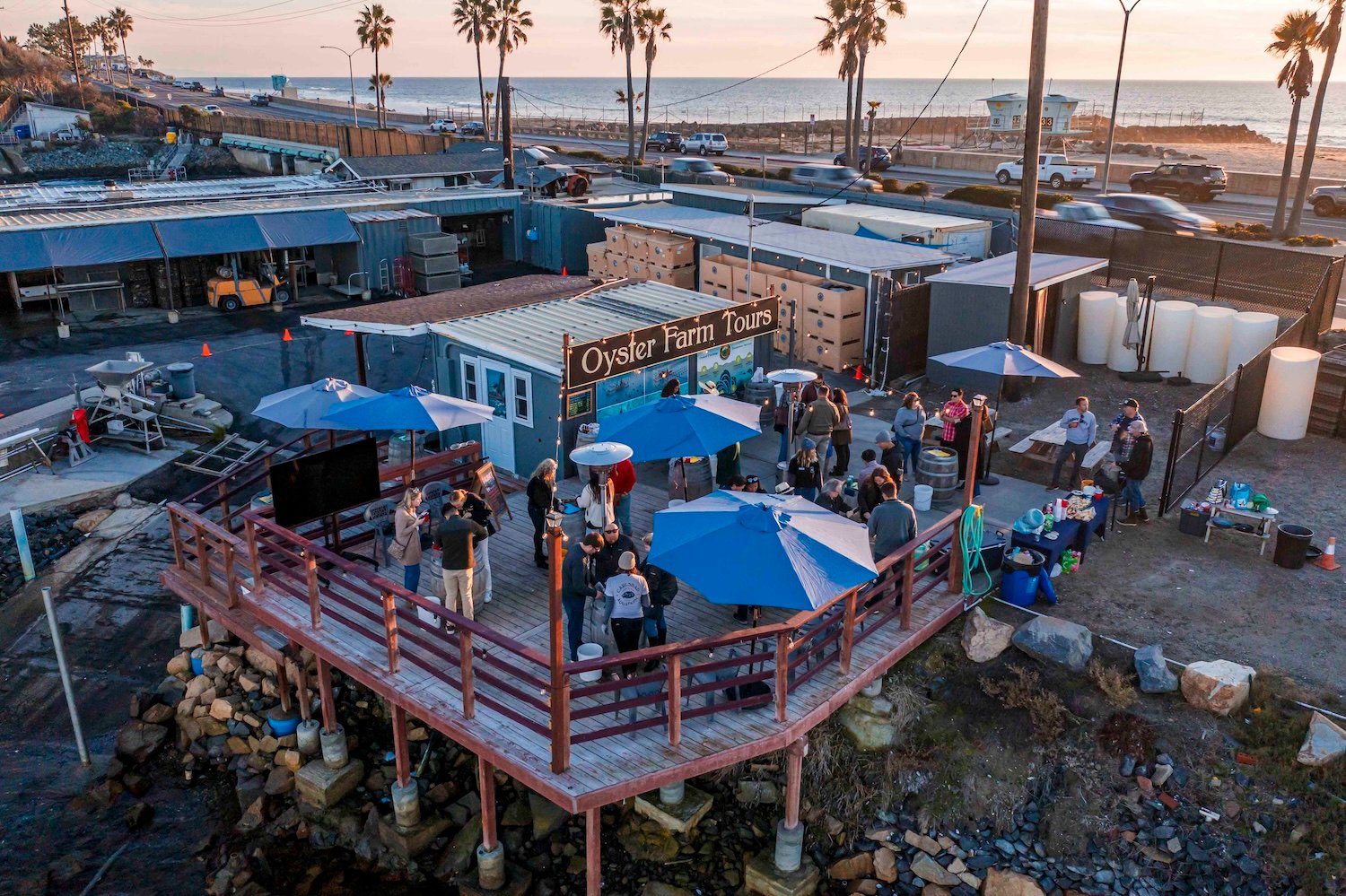After 70 years of aquaculture research, coastal preservation projects, and public oyster tours, Carlsbad Aquafarm is leaving its waterfront location by the end of August.
After being linked to a norovirus outbreak in January, the facility ceased public tours in May and launched an online auction of items in July but did not publicly announce plans for the future. Carlsbad Aquafarm CEO Thomas Grimm says that, despite the move, it’s not the end. “We are not going out of business,” Grimm says. “We’re going to continue our work, but not in that location, and so the public-facing parts of that will no longer be open to the public or anybody else.”
NRG Energy, Inc., which operated the nearby Encina power plant until its decommissioning in 2018, owns the land that Carlsbad Aquafarm currently occupies.
“The city’s general plan [for the location] will guide the nature of the planning and overall development of this important part of Carlsbad,” NRG says. “The Encina power plant has now been removed and the ocean desalination plant is installing a new water intake structure. In addition, the Encina site hosts temporary Fire Station No. 7 for the city of Carlsbad. As far as the future of the former Encina power plant site is concerned, community engagement is key.”
Grimm says that while he does not know what the company has in store for the space, he’s grateful to NRG for allowing the farm to operate for decades and hopes to work with NRG again.
He adds that he hopes the existing network of shellfish in the Agua Hedionda Lagoon can remain to continue filtering runoff from nearby agriculture. One oyster can filter up to 50 gallons daily, which helps deter algal blooms and other pollution issues. “The amount of water filtered by our oysters and mussels at the lagoon accounts for hundreds of millions of gallons a day,” he says. “If you don’t have the shellfish eating that stuff, that’s going to be a challenge … To try to do that with engineering processes is impossible. It’s just not feasible.”

Grimm says the next iteration of Carlsbad Aquafarm will focus solely on living shoreline restoration projects to combat issues such as erosion and carbon sequestration using shellfish aquaculture—work the team has been doing for years. It will now be their primary aim. But don’t expect any farm tours or consumer oyster sales again anytime soon.
PARTNER CONTENT
“Hopefully, we’ll find a way to find operation space where we do engage and have that public face, which we love, but that’s not our current plan,” he says, adding that they are open to developing a farm in a new location should the opportunity arise in the future. Whatever happens, Grimm says everyone should be paying attention to what’s happening in our oceans—not just ecologically, but economically. The vast majority of seafood in the United States is imported, which puts domestic food security at risk depending on international trade relations.
“The future is not overharvesting wild fisheries. It’s [raising] things that are helping the ocean, like oysters, mussels, [and] seaweeds … Those are improving the ecosystem, improving the carbon footprint, absorbing CO2, [and] providing local food for people that’s sustainable,” he says. “That’s been my philosophy, and I am never going to stop doing that and work on other conservation projects.”
















